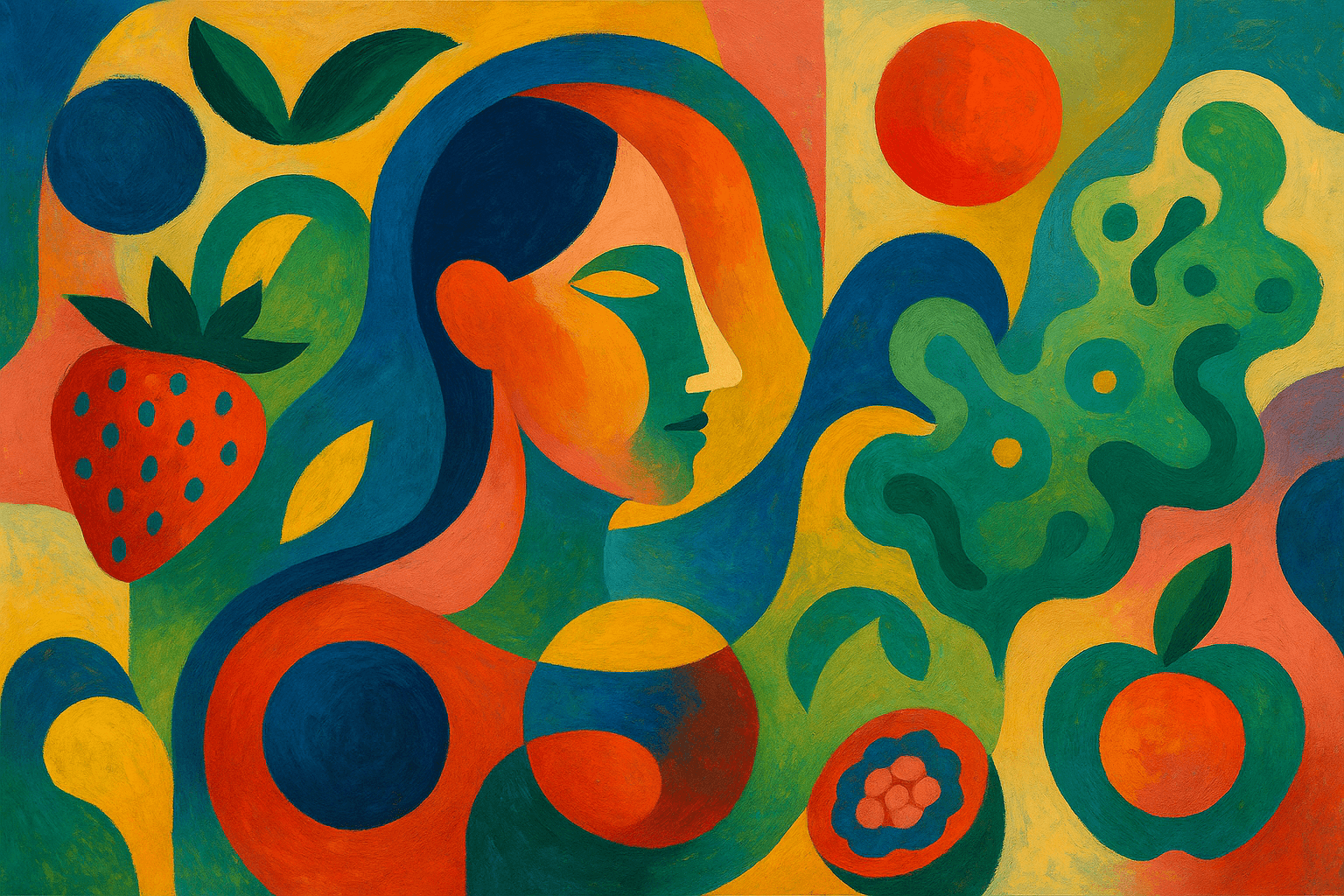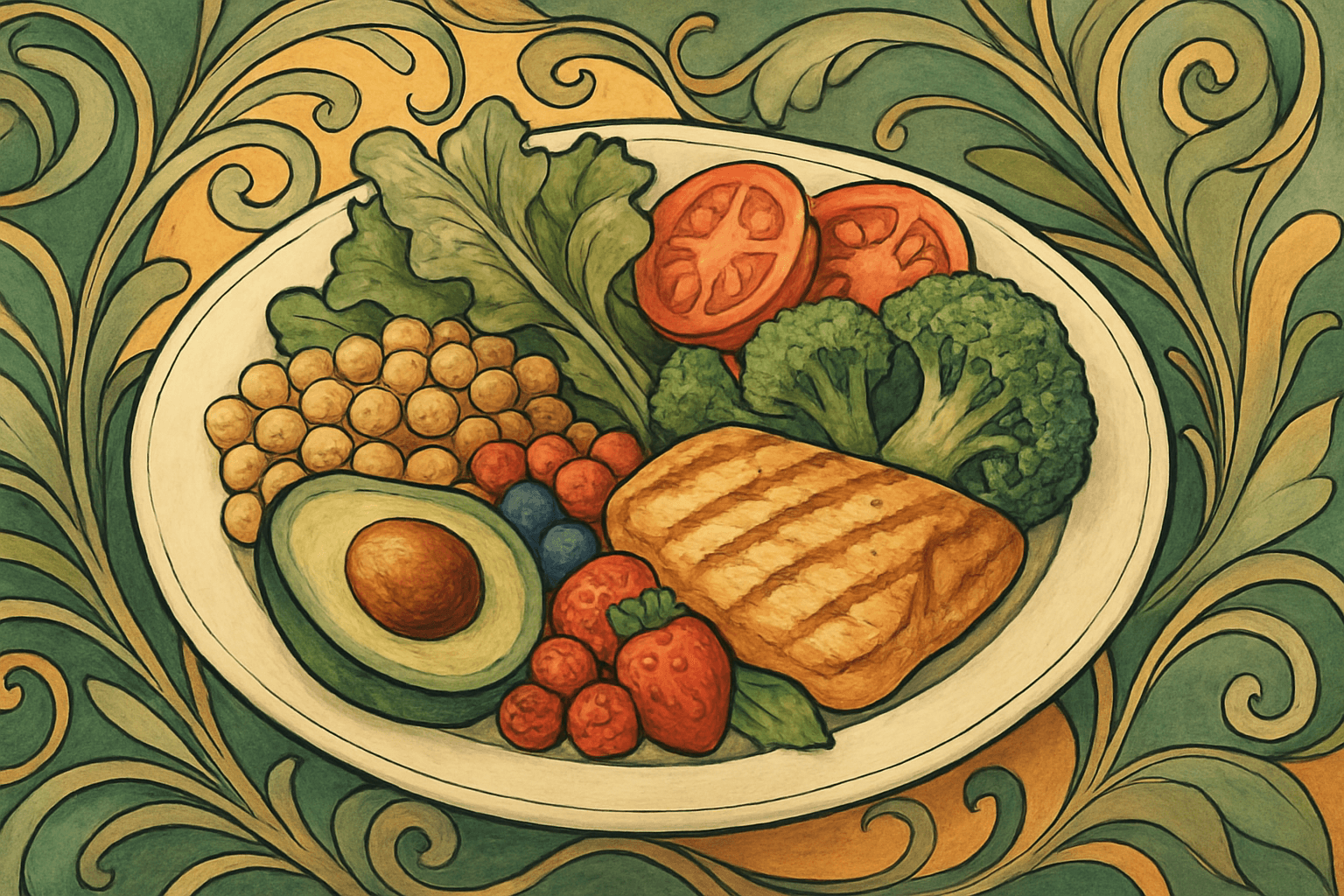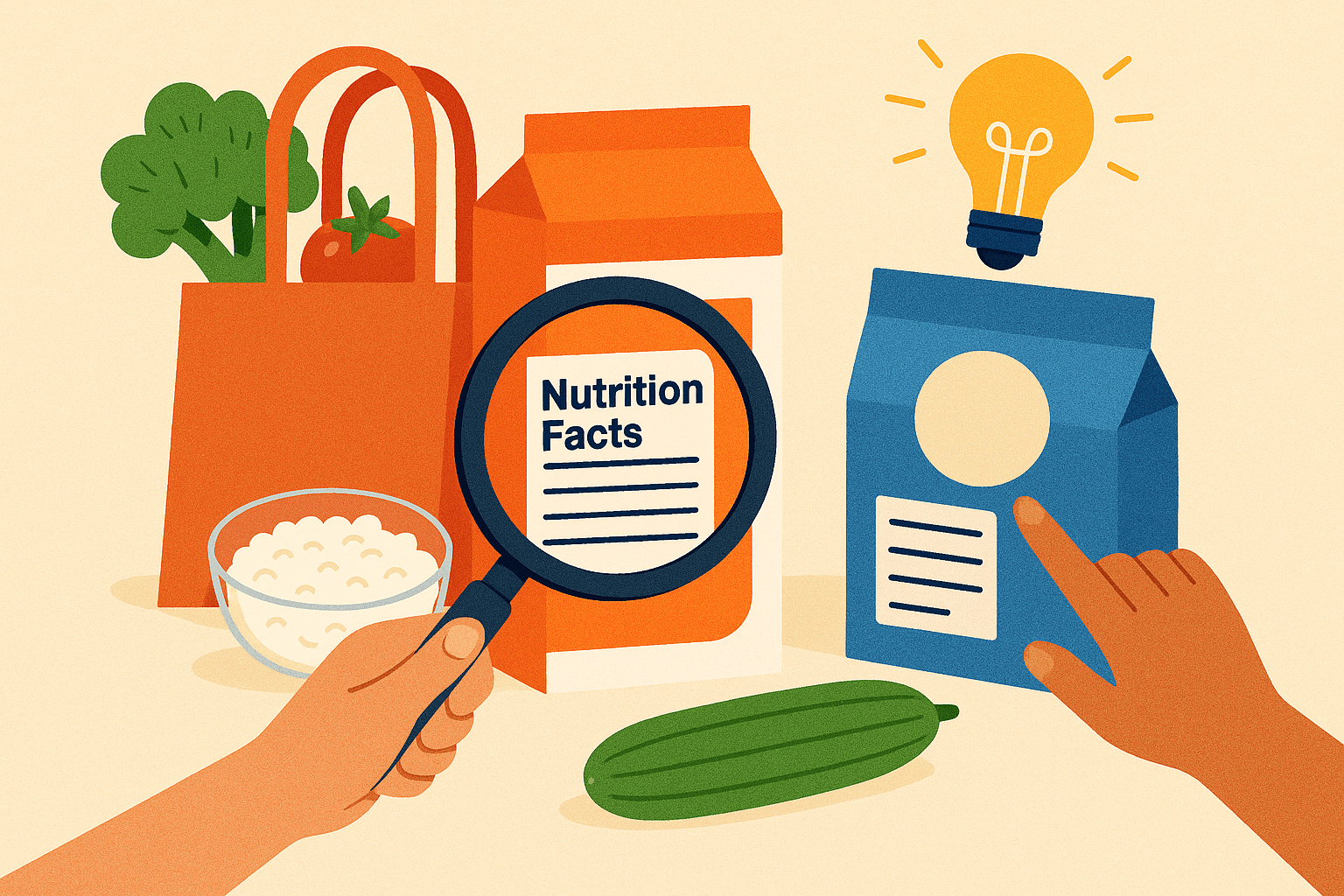Gut Feeling: How a Healthy Microbiome Shapes Your Cravings, Weight, and Mood
Published on June 12, 2025

We’ve all heard the phrase “go with your gut”—but what if your gut is actually steering your cravings, weight, and mood? Meet the gut microbiome: a powerful community of trillions of microbes that impact your entire well-being.
This guide explores how these tiny organisms shape your behavior, metabolism, and emotions—and how to feed them to support your health from the inside out.
Meet Your Microbiome
Your gut microbiome is home to 100 trillion microbial cells—more than 10x the number of human cells in your body. These microbes:
Digest fibers your body can’t
Train your immune system
Produce neurotransmitters like serotonin
Send signals to your brain via the gut-brain axis
Factors like diet, stress, antibiotics, and sleep affect your microbiome’s diversity and balance. A strong, varied microbiome supports immunity, metabolism, mood, and even weight regulation.
The good news: just 24–72 hours of eating differently can shift your microbial population significantly.
How Your Gut Influences Your Cravings
Certain bacteria actually drive your cravings—especially for sugar and processed carbs. The more junk you eat, the more harmful microbes you feed… and the more they scream for more.
Healthy microbes thrive on:
Fiber-rich plants
Prebiotics
Resistant starches
These help regulate hunger hormones, produce short-chain fatty acids, and increase satiety.
People who eat more fiber tend to feel fuller longer and have fewer energy crashes—that’s your microbiome helping you win.
Microbes and Metabolism: Your Gut and Your Weight
Your gut bacteria influence how you extract energy from food and how your body stores fat.
They regulate:
Calorie extraction
Insulin and leptin signaling
Satiety via butyrate and other fatty acids
Low microbiome diversity is linked to weight gain—even with similar calorie intake. Chronic inflammation, often caused by an imbalanced gut, also blocks weight loss and increases insulin resistance.
Mood, Focus, and the Gut-Brain Axis
Your gut has its own nervous system—the enteric nervous system—connected to your brain via the gut-brain axis.
About 90% of your serotonin is made in the gut. When your microbiome is happy, so is your mood. Poor gut health has been tied to:
Anxiety
Depression
Brain fog
Diets rich in fiber, fermented foods, and plant diversity can improve emotional resilience and reduce depression symptoms.
Feeding Your Microbiome: A Daily Plan
Prebiotic-Rich Foods:
Oats
Legumes
Leafy greens
Apples
Flax seeds
Fermented Foods:
Yogurt
Kefir
Kimchi
Sauerkraut
Miso
Tempeh
Polyphenol Powerhouses:
Berries
Green tea
Dark chocolate
Olive oil
Resistant Starches:
Chilled potatoes
Green bananas
Lentils
Barley
Diverse Plants: Aim for 30+ types per week—diversity > quantity
Gut-Supportive Additions:
Bone broth
Collagen-rich foods
Watch Out For:
Refined sugar and carbs
Artificial sweeteners
Frequent antibiotic use
Food additives (emulsifiers, thickeners)
Chronic stress
Excess alcohol and smoking
Yo-yo dieting or erratic eating
Daily Habits to Improve Gut Health
Chew thoroughly — digestion starts in the mouth
Eat mindfully — no multitasking while eating
Hydrate — water helps gut lining and regularity
Exercise — supports microbial diversity
Sleep 7–9 hours — aligns gut rhythms
Go outdoors — nature contact boosts microbes
Cook more — home meals = more fiber, fewer additives
Start Small: One Gut-Friendly Change a Day
You don’t need to overhaul your diet—start with:
Oatmeal instead of sugary cereal
Sauerkraut on your salad
Lentil soup instead of processed snacks
Your digestion, cravings, and mental clarity will follow suit. Good eating is more than macros—it’s about cultivating a thriving inner ecosystem.
When your gut feels great—you do too.








